Hidden detail in 400-year-old map may have solved Roanoke mystery
A hidden detail in a 400-year-old map has uncovered new clues into the whereabouts of an English colony that went missing three years after it landed off the coast of North America in 1587
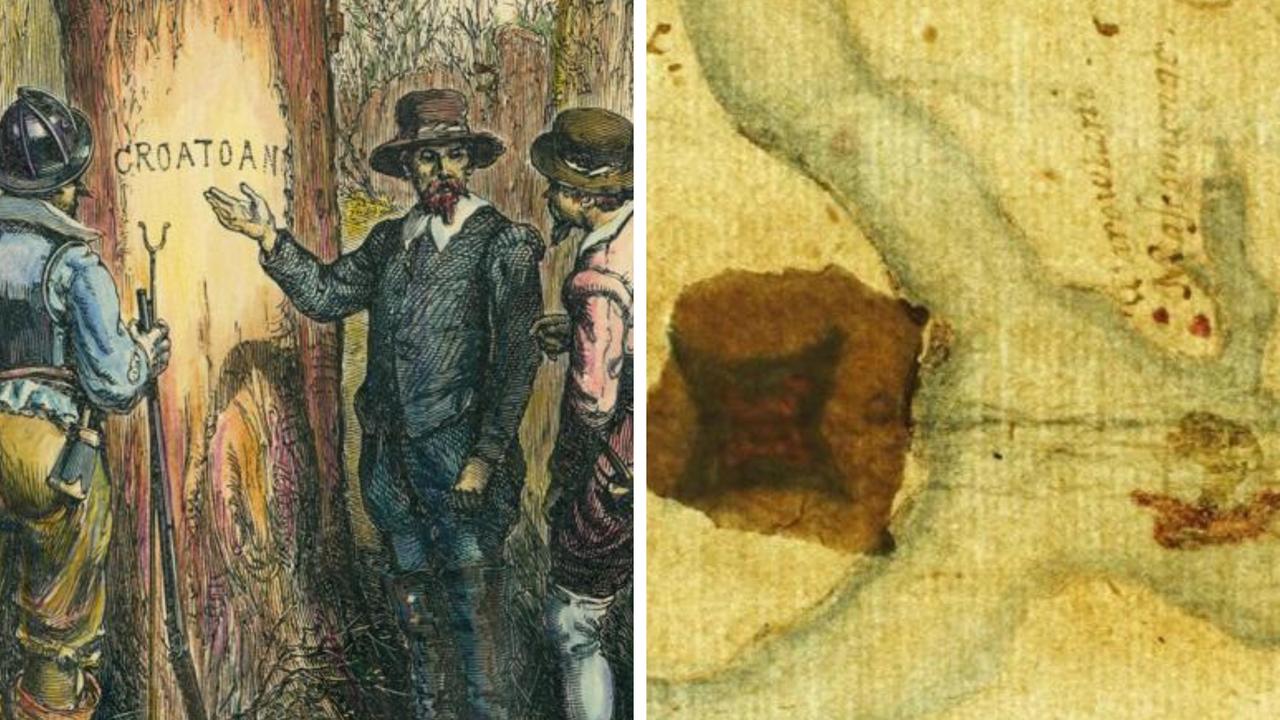
READING LEVEL: ORANGE
Researchers believe they may have solved a great American mystery that has baffled historians for centuries.
In the 16th Century, before the British established colonies on mainland America, a group of about 100 British settlers were sent to Roanoke Island in North Carolina off the east coast to start an English colony in what was then known as the “New World*”, Popular Mechanics reported.
But three years after landing on Roanoke, both the colonists and their settlement vanished without a trace.
What happened to the colonists remained largely a mystery until 2012 when experts at the British Museum analysed the 400-year-old “La Virginea Pars” map drawn by one of the colonists named John White.
They found that the map displayed the location where the colonists may have ended up, GB News reported – an area in present-day Bertie County, North Carolina, where ceramic artefacts* of British origin* have been found.
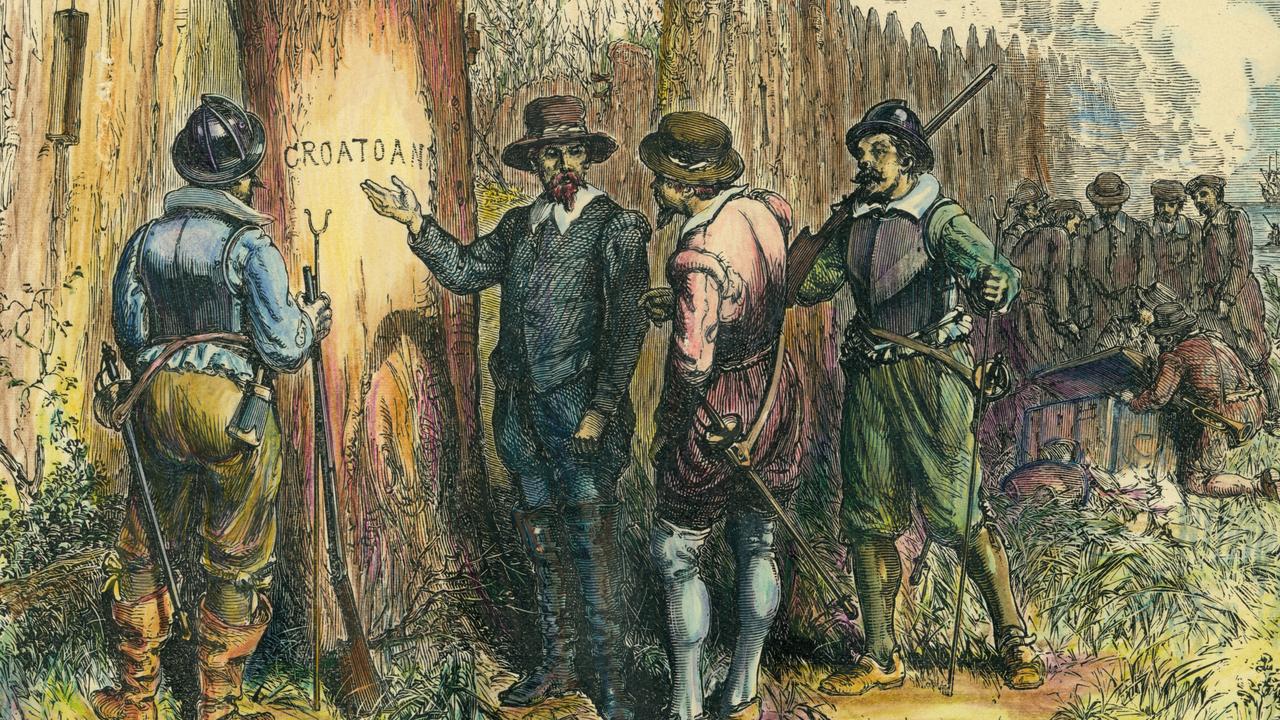
THE MYSTERY OF ROANOKE
The English expedition, which was backed by Queen Elizabeth I and Sir Walter Raleigh*, arrived on the island in 1587, establishing the first permanent English settlement in America.
It was also where Eleanor White Dare, daughter of Governor John White, gave birth to Virginia Dare — the first British baby born in the New World.
White went back to England to get supplies for the colony but unexpectedly had to stay there for three years because of the Anglo-Spanish War*.
When the governor finally returned to Roanoke in 1590, he found his settlement completely abandoned. All that was left was a wooden post with the word “CROATAN” carved into it — which was the name of another island just south of Roanoke, as well as the name of a Native American tribe that lived there.
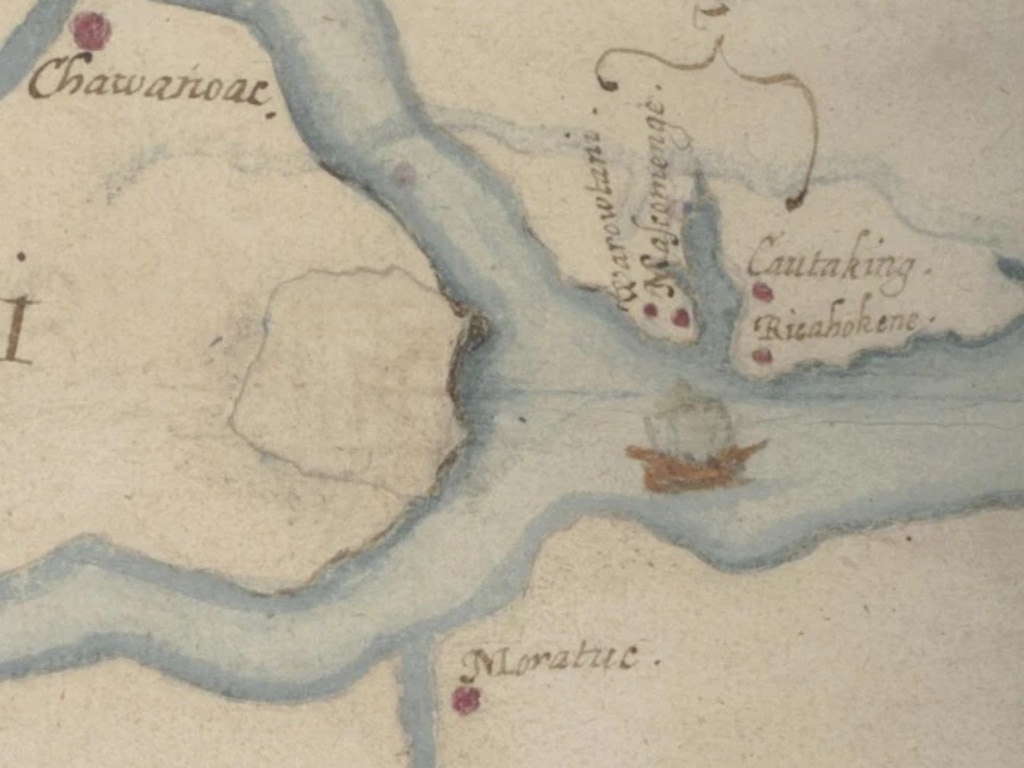
No one knew what had happened to the 115 colonists of Roanoke.
Some scholars have speculated* that they had died of disease while others claimed that they had been massacred* by Spanish settlers* or hostile Native American tribes.
Meanwhile, others claimed they had been assimilated* into a tribe, either voluntarily or by force.
Those remained just theories for 422 years until British Museum curator Kim Sloan and colleague Alice Rugheimer shed light on the mystery by putting John White’s map on a lightbox to see what was behind the blank cover-up.
The pair were shocked to discover a symbol for a fort.
“I said to Alice, ‘I think we just discovered the intended site for the Cittie of Raleigh, the colony that John White was sent to Virginia to found,’” Ms Sloan told Popular Mechanics.
The fort was located toward the western end of Albemarle Sound, less than 161km from the Roanoke settlers’ last known whereabouts.
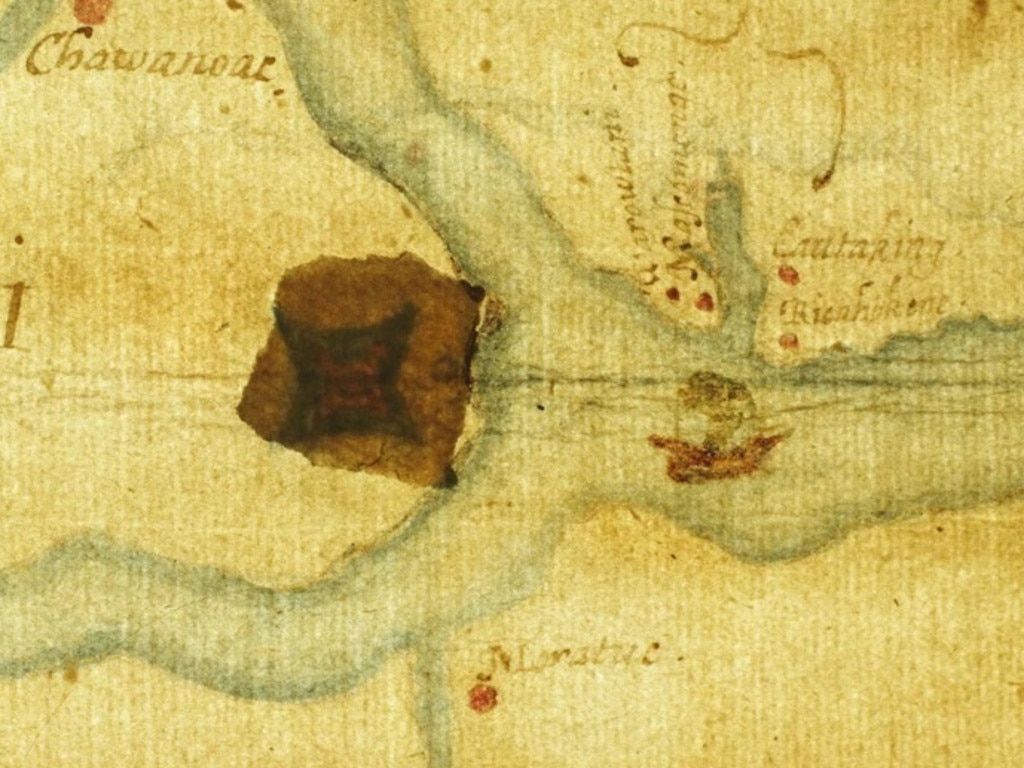
The location was also a dig site* called 31BR246, where, in 2007, researchers excavated a specific type of English pottery that had been found in the earliest settlement sites of Virginia, and possibly dated back to the sixteenth century, according to British archaeologist Nicholas Luccketti.
The findings of the map suggested that the location, now known as Site X, was a previously unknown English settlement. North Carolina’s First Colony Foundation scanned the area using satellite-based remote sensing technology but didn’t discover “topographic features* resembling a settlement like Jamestown* or Plymouth*”.
However, the probe did find more artefacts, including a colonial shoelace tip and a tenter hook* used for securing cloth, which the foundation believes could have only belonged to the Roanoke refugees.
The findings suggested that while Site X didn’t harbour all the Roanoke settlers, a few of them likely stayed there for some time.
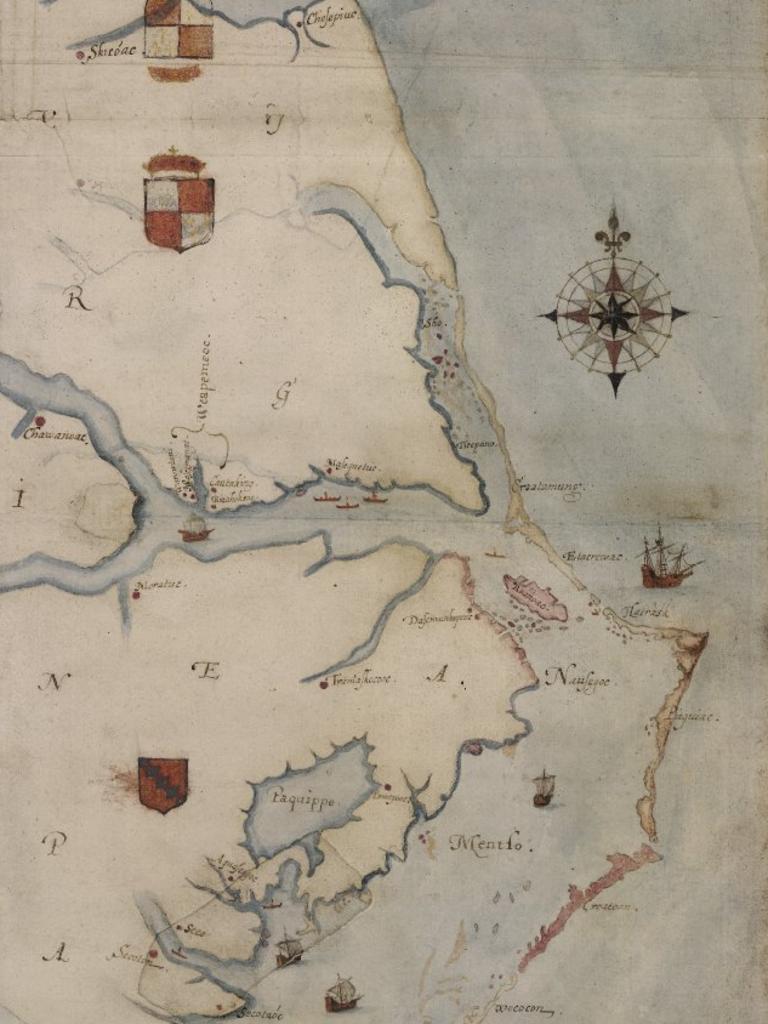
Experts suspect that they could have been a small colonial family seeking aid from a Native American encampment called Mettaquem.
In 1937, archaeologists discovered another clue, known as the Dare Stone, which contained writings from Eleanor White Dare.
One side displays the sign of the cross — a symbol of emergency — and the phrase “Ananias Dare & / Virginia Went Hence / Unto Heaven 1591 / Anye Englishman Shew / John White Govr Via”.
The other side, written from Eleanor’s perspective, describes how the colonists left Roanoke and faced two years of “Misarie” (misery).
The stone, researchers say, shows that more than half the colony died and also contains news of a ship arriving off the coast.
First Colony Foundation plans to continue probing Site X to try and find out more about the lost Roanoke colony’s fate.
This article originally appeared on NY Post and was reproduced with permission.
POLL
GLOSSARY
- New World: the Americas as they were called by Europeans at the time
- artefacts: an object made by a human that is culturally and historically significant
- origin: coming from
- Sir Walter Raleigh: an English statesman who was important in the English colonisation of North America
- Anglo-Spanish War: a war between Spain and England that went from 1585 to 1604
- speculated: come up with theories about something without having evidence to back it up
- massacred: when a large group of people are killed at the same time
- Spanish settlers: the Spanish colonisation of the Americas began in 1493 and by the 16th Century the Americas were also home to major colonies set up by France, England and the Dutch Republic
- assimilated: merged into another culture by adopting its customs and language and leaving behind your own
- dig site: the place where an archaeological dig is done
- topographic features: features of a landscape
- Jamestown: the Jamestown settlement in Virginia is considered the first permanent English settlement in the Americas after the failed attempt at Roanoke
- Plymouth: the third permanent English colony in America, Plymouth was settled by pilgrims aboard the ship the Mayflower. The American tradition of thanksgiving can be traced back to the Mayflower’s arrival at Plymouth.
- tenter hook: metal hooks used in the process of making woollen cloth, whereby the cloth would be stretched out when wet and hooked onto a frame called a tenter to stretch it out.
EXTRA READING
Google to rename Gulf of Mexico
Was Tut a ‘hand-me-down’ king?
Lost city found hidden in jungle
QUICK QUIZ
1. What year did the English colonists land in Roanoke Island?
2. Why did Governor John White leave the colony to return to England?
3. What word was found carved in wood upon White’s return to the colony?
4. What are some of the theories around what happened to the missing colony?
5. How did British Museum experts uncover the hidden fort on the La Virginea Pars map?
LISTEN TO THIS STORY
CLASSROOM ACTIVITIES
1. The best evidence?
Think about all of the pieces of evidence that the researchers have found. Which one do you think is the most important or informative? Write sentences explaining your choice.
Time: allow at least 15 minutes to complete this activity
Curriculum Links: English, History
2. Extension
“What’s the point of researching a group of people who disappeared hundreds of years ago? Why should we bother?”
Write paragraphs that provide a convincing answer to this question. Use information from the story, your own ideas and maybe your research skills to back up your points.
Time: allow at least 30 minutes to complete this activity
Curriculum Links: English, History
VCOP ACTIVITY
BAB it!
Show you have read and understood the article by writing three sentences using the connectives “because’’, “and”, and “but” (BAB). Your sentences can share different facts or opinions, or the same ones but written about in different ways.

